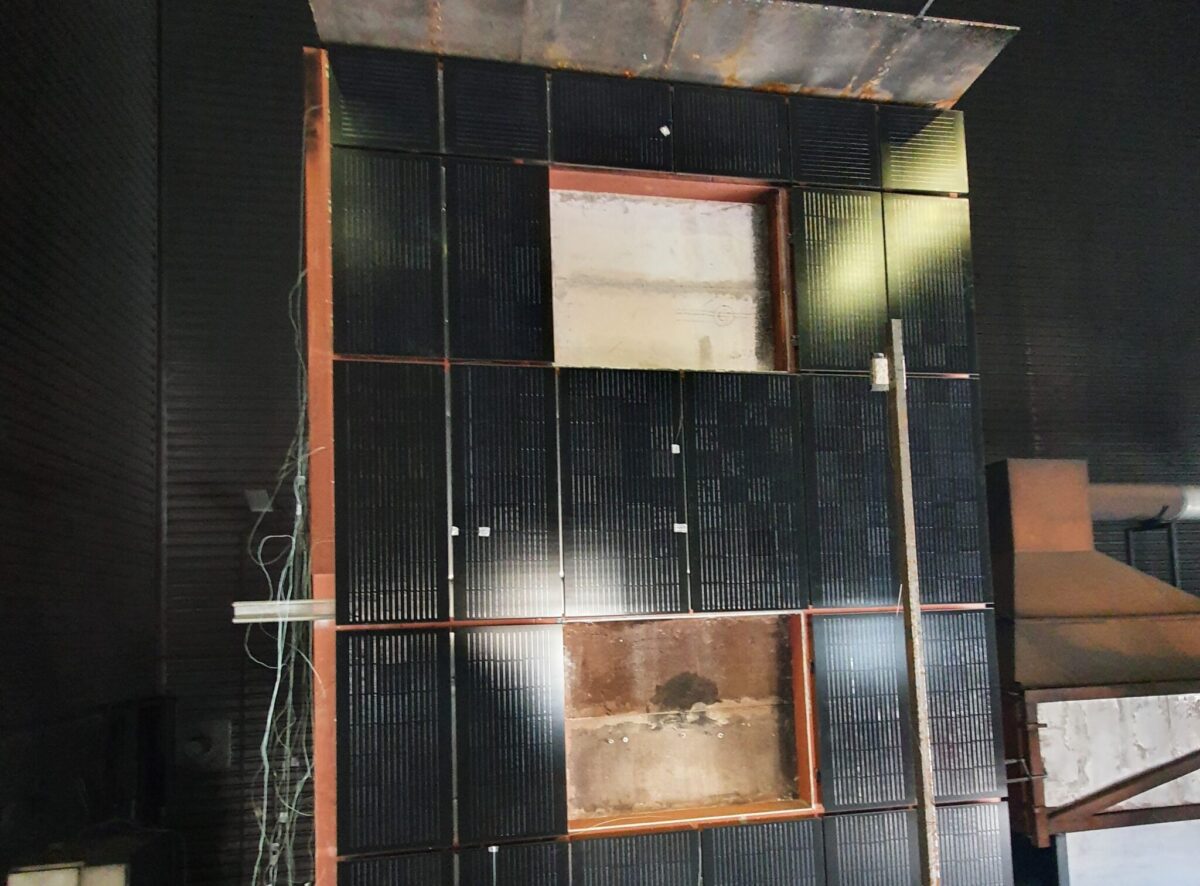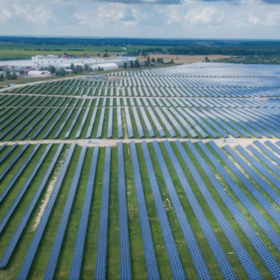Building-integrated photovoltaics (BIPV) extends the areas available to generate solar electricity by integrating PV components into traditional building structures while maintaining architectural quality and integrity. It is particularly interesting in densely populated countries with limited land areas for further conventional PV installations. More generally, PV installations in the built environment provide electricity close to centers of consumption, reducing the need for additional grid infrastructure. However, the global BIPV market has faced slower development than anticipated, partly due to the complexity of building standards and codes. In particular, fire safety building standards present a significant challenge and have acted as a barrier to the development of the BIPV market. This article explores the complexities surrounding fire safety standards, the role of testing laboratories, and the efforts made by IEA PVPS Task 15 to address these challenges.
Diverse Fire Safety Standards
One of the key obstacles facing the BIPV industry is the wide array of fire safety standards that exist across different countries and regions. On the one hand, BIPV installations must comply with specific fire safety regulations, which vary greatly depending on the location and the local building tradition that has evolved there, often over centuries. On the other hand, there are certain classification requirements that apply globally. This creates a complex landscape where it becomes vital for manufacturers and suppliers of BIPV products to understand and adhere to a multitude of standards in different markets, and to recognize that the fire safety testing of conventional PV products is already deficient with regard to BAPV applications and is certainly not sufficient for BIPV products.
Navigating Testing Laboratories
To guarantee compliance with building-related fire safety standards, BIPV products must undergo rigorous testing. Testing laboratories, situated in various countries, play an essential role in assessing compliance with regional standards. However, for suppliers of BIPV products, identifying the appropriate testing laboratories can be a daunting task. The global nature of their operations further compounds this challenge, as they manufacture products in one country and install them in several others. Streamlining the process of locating accredited testing laboratories could help to alleviate this burden.
IEA PVPS Task 15 report provides international mapping of testing laboratories
Task 15 recently published the report: “Fire safety of BIPV: International mapping of accredited and R&D facilities in the context of codes and standards, 2023”. The report provides a concise overview of currently used standards in different parts of the world as well as a description of regulations pertaining to fire safety in several important markets. It also presents more than forty testing laboratories around the world where construction products and materials are tested for fire safety. These laboratories are confirmed to have a common interest in the assessment of BIPV products and systems, even though not all of them may have any experiences of it so far.
The report serves as a valuable resource for BIPV suppliers, architects, and project managers, offering guidance on navigating fire safety standards and identifying reliable testing laboratories. However, it is important to note that while the report maps out the testing labs, many of them focus on products and materials and more seldom assess additional risks that arise from combining products into larger structures in buildings.
The Complexity of BIPV Fire Safety
The core issue lies in the complexity of BIPV fire safety, which requires industry guidelines from building regulatory bodies. To resolve this issue, collaboration between building regulatory bodies, building surveyors, fire engineers, façade engineers, fire rescue commissions, and testing laboratories is essential. By bringing together these stakeholders, a collective effort can be made to develop comprehensive guidelines that address the intricacies of BIPV fire safety.
Recommendations on test configurations
The paper, “Fire safety requirements for building-integrated photovoltaics (BIPV): A cross-country comparison,”[1] which was written collaboratively by experts from Task 15, provides valuable insights into the multifaceted nature of fire safety requirements, highlighting the need to satisfy both electrical and building-related aspects. It contains specific recommendations on test configurations to test BIPV components or estimating the hazard of a system that remains operating when a fire occurs. Further research should also be conducted on the impact of toxic smoke from BIPV modules based on tests or comparison with the composition of existing building components.
Contributing to the future of BIPV
The integration of photovoltaic technology into building facades and roofs must not compromise the safety of construction products, occupants, and firefighters. Prioritizing comprehensive fire safety guidelines, fostering collaboration among industry stakeholders, and adhering to international standards will ensure that the BIPV market can thrive while utmost safety in the built environment is guaranteed. As a valuable side-effect, traditional (BA)PV installations will also enjoy a higher safety level with respect to fire, as many of the same fire safety challenges are relevant for both BIPV and BAPV.
The third phase of Task 15, to extend international co-operation on BIPV topics for four years, is currently in the planning phase. Conducting pre-normative collaborative research within Task 15 can be one way of influencing BIPV standardization, as co-operation with formal standardization bodies is well established. In case you are a potential participant of Phase 3 of Task 15, please contact the Task Co-Managers. Phase 3 will address the topics of “Challenges and opportunities of BIPV in a de-carbonized and circular economy”, “BIPV in the digital environment”, “BIPV products, projects and demos: innovation and long-term behavior”, “BIPV training, dissemination and stakeholders’ collaboration”, “BIPV characterization & performance: pre-normative international research”, and “Activity devoted to the Fire Safety of BIPV.”
Author: Bettina Sauer
Contact persons: Veronika Shabunko, Veronika.Shabunko@envelon.com
Reidar Stølen, reidar.stolen@risefr.no
This article is part of a monthly column by the IEA PVPS programme. It was contributed by IEA PVPS Task 15 – Enabling Framework for the Development of BIPV.
The views and opinions expressed in this article are the author’s own, and do not necessarily reflect those held by pv magazine.
This content is protected by copyright and may not be reused. If you want to cooperate with us and would like to reuse some of our content, please contact: editors@pv-magazine.com.








By submitting this form you agree to pv magazine using your data for the purposes of publishing your comment.
Your personal data will only be disclosed or otherwise transmitted to third parties for the purposes of spam filtering or if this is necessary for technical maintenance of the website. Any other transfer to third parties will not take place unless this is justified on the basis of applicable data protection regulations or if pv magazine is legally obliged to do so.
You may revoke this consent at any time with effect for the future, in which case your personal data will be deleted immediately. Otherwise, your data will be deleted if pv magazine has processed your request or the purpose of data storage is fulfilled.
Further information on data privacy can be found in our Data Protection Policy.